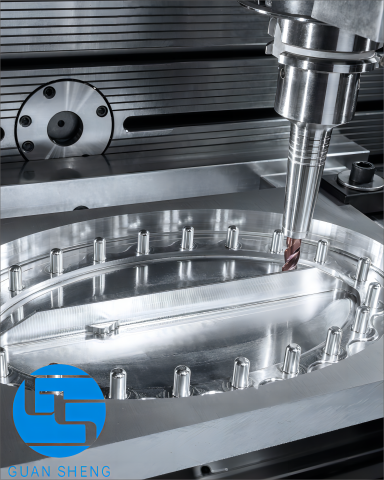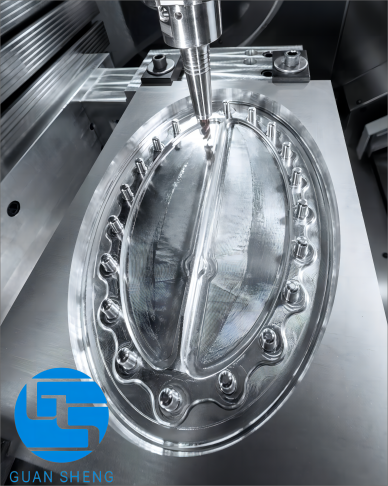Guansheng company is committed to making high-precision molds, we have strict requirements for molds, and have special personnel to control.
The following are the main requirements for mold processing:
Precision Requirements
• High – dimensional precision. The dimensional error of the mold needs to be controlled within a very small range, because the dimensional precision of the products produced by the mold is directly affected by the dimensional precision of the mold. For example, in injection molds, the cavity dimensional precision usually needs to reach the micron level to ensure the dimensional consistency of plastic products.
• Strict shape precision. For molds with complex curved surfaces, such as automotive panel stamping molds, the shape of the curved surface must be accurate to ensure that the stamped parts meet the design shape requirements.
Surface Quality Requirements
• Low surface roughness. A high – quality surface can make the molded product surface smooth and easy to demold. For example, a die – casting mold with a low – roughness cavity surface is beneficial for the smooth demolding of die – casting products and good product surface quality.
• The surface must be free of defects such as cracks and sand holes. These defects will be transferred to the products or affect the service life of the molds. For example, if there is a sand hole in a casting mold, defective products are likely to occur during the casting process.
Material Performance Requirements
• The mold material should have high hardness and wear resistance, because during the use of the mold, it has to withstand repeated friction and impact. For example, the working part of a cold – stamping mold usually uses high – hardness alloy steel to resist wear during stamping.
• Good thermal stability is also important. For hot – working molds such as injection molds and die – casting molds, during the repeated heating and cooling process, the mold material should be able to maintain stable dimensions and good performance and prevent the mold precision from being affected by thermal deformation.
Processing Technology Requirements
• The processing technology route is reasonable. Different mold parts should choose an appropriate combination of processing methods according to their shape, precision, and material. For example, for the core parts of molds with complex shapes, electrical discharge machining may be used for rough – shaping first, and then precision grinding for finish – machining.
• The precision connection between various processing procedures should be good. For example, the allowance distribution after rough – machining should be reasonable, providing a good basis for finish – machining and ensuring the overall precision of the final mold.
Post time: Oct-03-2024


